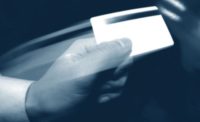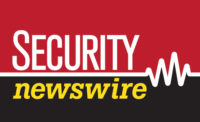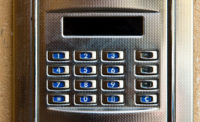TSA screeners taking their time may actually be most effective at the security gate, according to a new study.
In an experiment pitting TSA agents against Duke University students, the professionals were slower than the civilians in a test measuring visual searching ability, but the civilians were less precise, says the study.
“What we found was that the TSA officers were more accurate in finding the target than the members of the Duke community. They also took more time, so it’s more of a methodical search, which led to better performance,” said Duke University psychologist Stephen Mitroff, who is leading the research, which is part of a broader Department of Homeland Security-funded initiative.
Half of the screens shown didn’t contain the right shape at all. Then, the exact same test was given to 93 Duke undergraduates.
Mitroff called it “a very simple search task,” but it was designed to put everyone on equal footing, testing their raw search abilities. Real baggage scan images would have confused the amateurs and TSA screeners would have had an advantage, says the study.
The students were 82 percent accurate at finding the target shapes and took 3.86 seconds per scan, on average. The TSA officers took more than 6 seconds, but had accuracy rates of 87 to 88 percent.
Consistency was key factor for the most experienced screeners. TSA agents who took about the same amount of time each time they looked a scan were the most precise. Mitroff said this is likely because they’ve developed a visual scanning system that works whether they're looking for the perfect letter T on a computer screen, or a gun on an airport scanner.
The study is published online in the journal, “Visual Cognition.”



